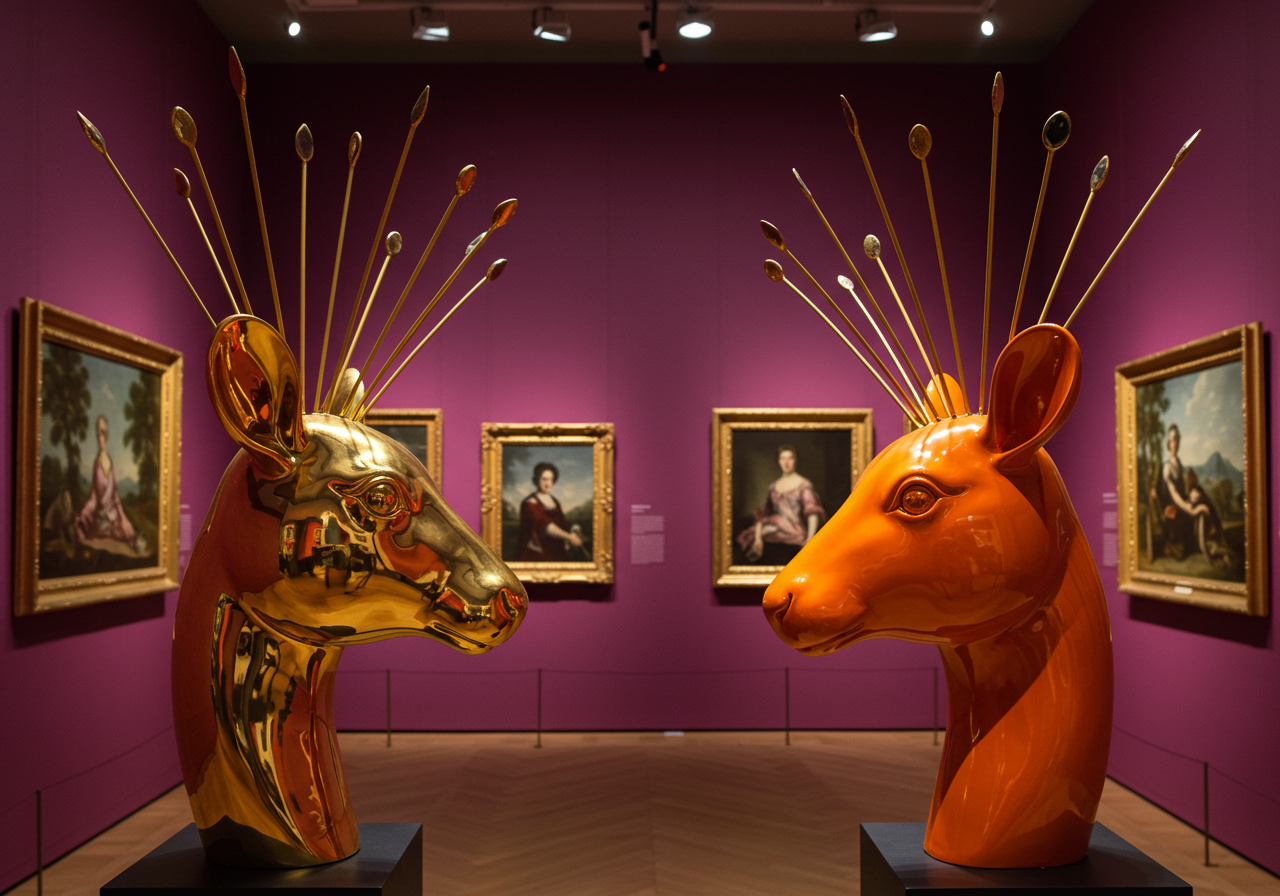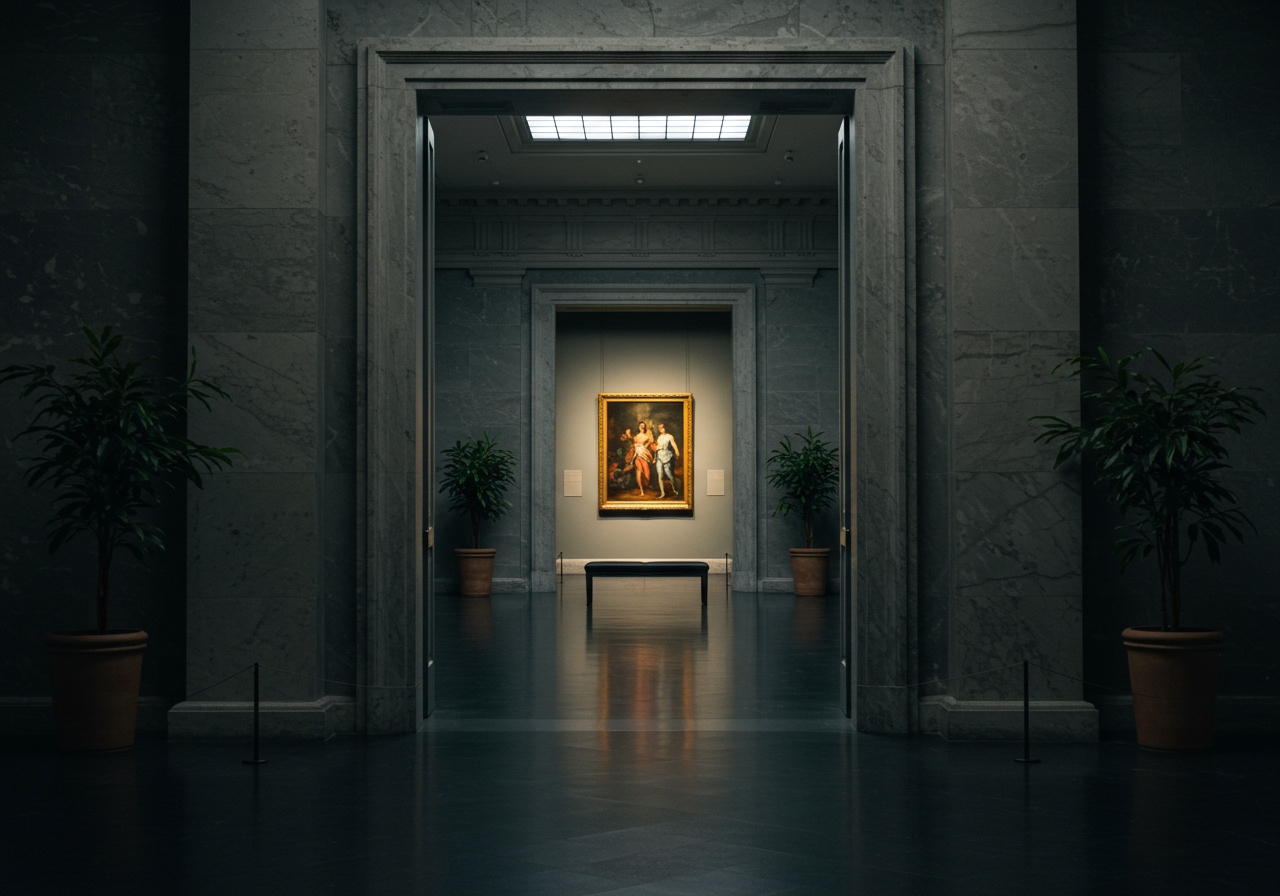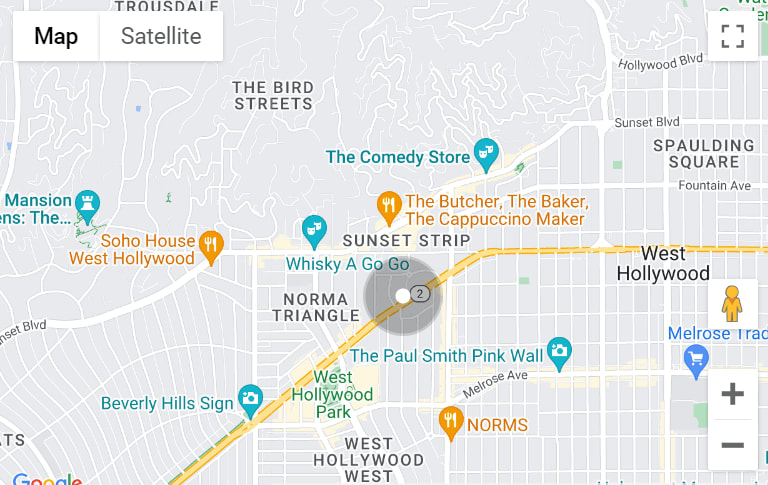1. African American Civil War Museum
The African American Civil War Museum and Memorial is an homage to the heroic 209,145 United States Colored Troops (USCT) who sacrificed their lives to end slavery and keep America under one flag. Dedicated to correcting the wrong in ignoring the USCT, the museum also provides an economic means to revitalize the historic U Street community devastated by the 1968 riots. The museum features an array of artifacts, documents, primary sources, and technology to provide a meaningful learning experience to students, families, Civil War enthusiasts, and historians about the period from the American Civil War to Civil Rights and beyond.
2. Anacostia Community Museum
Smithsonian’s Anacostia Community Museum exhibitions hone in on a range of topics and issues facing urban communities today. The museum welcomes and prompts visitors to bring their diverse experiences, resources, and knowledge to the viewing experience. Exhibition development is based on direct collaboration with communities, working directly with locals, neighborhood organizations, community activists, artists, scholars, local businesses, local officials, and families.
Anacostia Community Museum celebrates our diversity and acknowledges that every individual has something to contribute to the complex human tapestry we call life. Past exhibitions highlighted major themes about the transformation of the nation’s capital, the role of artists in the Civil Rights Movement, and many crucial components that characterize American history. The current exhibition, Food for the People: Eating and Activism in Greater Washington, explores our opportunities to reshape the unjust and unequal food system.
3. U.S. National Arboretum
Take a break from the city hustle and bustle with a visit to the stunning gardens of the U.S. National Arboretum. The mission of the Arboretum is to enhance the environmental, economic, and aesthetic value of decorative and landscape plants through long-term, multidisciplinary research, conservation of genetic resources, and interpretive gardens and exhibits. This living museum features an array of blooms, including boxwood, azalea, daffodils, daylily, magnolia, holly, dogwood, and maple.
The herbarium comprises a collection of over 800,000 specimens of dried pressed plants for scientific studies in agriculture, botany, horticulture, medicine, and other related fields, emphasizing cultivated plants. The Arboretum cooperates with Canada, Israel, Korea, the Netherlands, the People’s Republic of China, and Portugal. Collections and gardens range from herb gardens to Asian collections, providing visitors with an array of stunning flora to explore.
4. Culture House
Culture House is dedicated to providing motivation and inspiration to those who confront its power via experiences or events. It was founded on the principle that art is a catalyst for community change. All things creative are celebrated here, with various events, exhibitions, live performances, and artist workshops provided for all to learn about and appreciate the arts.
Presented in partnership with the Korean Cultural Center, The Day After is the current exhibition on view, featuring six digital video works by Ivetta Sunyoung Kang, Su Hyun Nam, and Jayoung Yoon. It examines the structural, emotional, and physical effects of the abrupt changes to life and the environment brought about by the COVID-19 pandemic. The Day After seeks to provide a chance for viewers to heal trauma caused by the pandemic and explore new perspectives that have arisen in its wake. Don’t forget to stop by the Avant Garden to view the rotating series of large-scale murals, sculptures, programs, and more. Come with an open mind and gain some perspective with a trip to Culture House.
5. Dumbarton Oaks Museum
According to their website, “Dumbarton Oaks is conceived in a new pattern… it is the home of the Humanities, not a mere aggregation of books and objects of art.” Dumbarton Oaks is a Harvard University research institute, library, garden, and museum. The museum is home to world-class collections of Byzantine and Pre-Columbian art. Gifted to Harvard University by Mildred and Robert Bliss, the estate and collection are for public enjoyment.
Explore the long-standing Byzantine, Pre-Columbian, and House Collections, or explore special exhibitions. The Ancient Art at Dumbarton Oaks is a small yet engaging exhibition featuring art from the Mediterranean while Margaret Mee: Portraits of Plants presents twenty beautiful paintings of Amazonian flora by the artist, environmentalist, and adventurer, Margaret Mee. No matter which exhibition you view, you’ll indeed leave a more cultured and educated citizen.
6. National Gallery of Art
Boasting a collection of everything from paintings and drawings to sculptures and time-based media, the National Gallery of Art continues to extend its varied assortment of artwork. In 80 years of its existence, the National Gallery of Art has compiled one of the world’s most significant collections of American and European masterworks of sculptures, paintings, decorative art, prints, photographs, and drawings.
At its inception, founder Andrew W. Mellon presented a collection of 126 paintings and 26 sculptures. Today, the collection has grown to more than 145,000 works. One highlight from 2021 is William Kentridge’s City Deep video, exploring the physical and historical environment of the Johannesburg Art Gallery. Edward Michell Bannister’s Palmer River is another extraordinary piece, one of Bannister’s most accomplished paintings. Bannister was an African-American artist who was denied formal training until he gained admission to sculptor William Rimmer’s evening drawing class. Admission to the museum is free, granting visitors unlimited access to an array of incredible pieces created with various media by thousands of world-renown artists.
7. German-American Heritage Museum of the USA™
The German-American Heritage Museum opened in 2010 with the intent of collecting, recording, preserving, and exhibiting the rich cultural legacy of Americans of German-speaking ancestry and sharing their contributions to American history. German-Americans have a long and proud history in the U.S. dating back to 1607 and the settlement of Jamestown, Virginia. An estimated 120 years ago, they were the predominant group in the nation. Entire communities spreading from the Midwest to Pennsylvania consisted almost exclusively of German immigrants, with NYC becoming the world’s third-largest German-speaking city.
The documentation, preservation, and exhibitions of their intricate history are vital to ensuring that their stories and experiences are not forgotten. Past exhibits showcased everything from German culinary traditions to the timely topic of exile during World War II. Visit today to explore what the life of a German immigrant was like and learn how they shaped American culture.
8. National Building Museum
Architecture enthusiasts jump with joy when they visit the National Building Museum. Since its inception in 1980 through an act of Congress, the National Building Museum has shifted the public’s understanding of the importance of architecture, engineering, landscape architecture, construction, planning, and design. The museum welcomes visitors of all ages to learn about the built world and how it shapes our lives, communities, and future.
Let your little ones explore the PLAY WORK BUILD exhibition, combining a presentation of the museum’s world-class Architectural Toy Collection, a hands-on block play area, and an original digital interactive that allows kids to fill an entire wall with virtual blocks and then knock them down!
Grasp the evolving ideas about living in America through an array of photographs, objects, models, and films of the House & Home exhibition. This immersive experience walks you through living at home, building a home, and buying a home - all vital lessons that have changed with our developed technologies, laws, and consumer culture. The museum’s current collections contain nearly 100,000 photographic images and negatives, 130,000 architectural prints and drawings, 100 linear feet of documents, and over 20,000 objects reside here, all awaiting exploration.
9. National Museum of Women in the Arts

Women artists have been cast aside for centuries. Though gender bias is less prominent today, contemporary women artists still face various obstacles, disparities, and underrepresentation in museum collections and exhibitions worldwide. Established in 1981, the National Museum of Women in the Arts is the only significant museum solely dedicated to championing women artists.
The museum inspires imperative networking about art and ideas through exhibitions, collections, programs, and online content. NMWA advocates for better representation of women artists and is an important center for community engagement, social change, and thought leadership. The museum is undertaking the important task of addressing gender imbalance in the art world while spotlighting paramount women artists of the past and present. Featuring work by Mary Ellen Mark, Sonya Clark, Ambreen Butt, and more, NMWA is a must-visit!
Washington D.C. is far more than the country’s capital, it is a haven for some of the most powerful and phenomenal museums worldwide. Once you’ve fallen madly in love with the art scene and beyond, contact Jeanne Phil Meg Team for all of your D.C. real estate inquiries. Whether you seek homes for sale in Bethesda or Chevy Chase real estate, this esteemed luxury real estate team will guide you to the D.C. home of your dreams.
*Header Image Credit: Culture House

